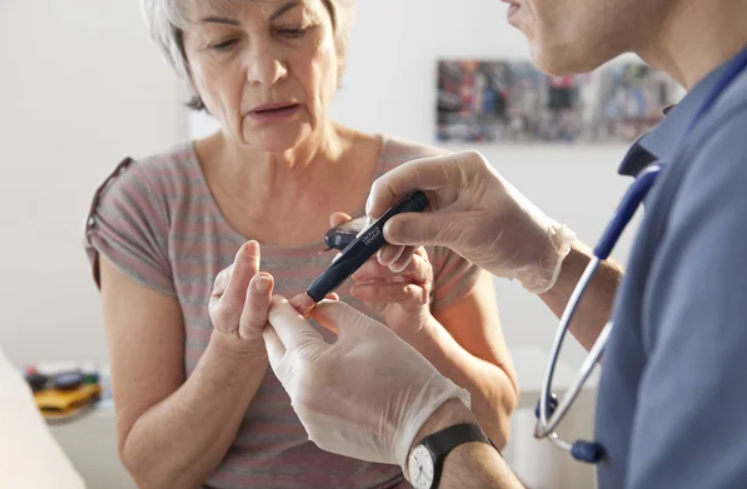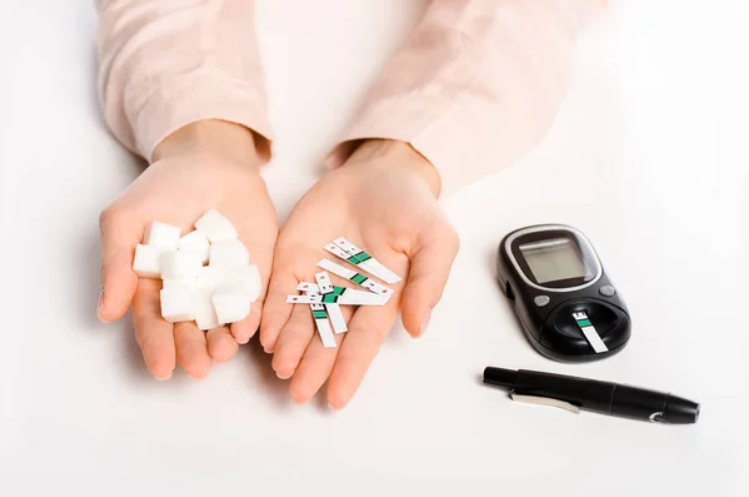According to the Center for Disease Control and Prevention (CDC), over 38 million Americans live with diabetes, and more than 90% of them are managing type 2 diabetes—a condition that often arises from a combination of genetics, poor diet, limited physical activity, and excess weight.
The symptoms of type 2 diabetes, like frequent thirst, fatigue, and blurred vision, can interfere with daily life and make it challenging to stay healthy.
One promising option for managing this condition is GLP-1 receptor agonists, medications that offer a way to better control blood sugar levels, support weight loss, and even protect heart health. However, the benefits of this treatment often come at a high price.
Prescription Assistance Programs (PAPs) work to reduce the financial burden of necessary medications, making treatments like GLP-1 more accessible to those who need them most.
Learn the advantages of GLP-1 medications for managing type 2 diabetes and how prescription assistance programs for diabetes can provide the financial assistance needed to make these life-changing treatments more affordable.

What are GLP-1 Medications?
GLP-1 medications, or glucagon-like peptide-1 receptor agonists, are a type of injectable treatment designed to help manage type 2 diabetes. They mimic the natural GLP-1 hormone in the body, which regulates blood sugar levels.
These medications help keep blood sugar stable by increasing insulin production when blood sugar levels are high, decreasing the release of glucagon (a hormone that raises blood sugar), and slowing down the emptying of the stomach.
Moreover, GLP-1 can reduce appetite and promote weight loss, offering multiple benefits for diabetes management.
Benefits of GLP-1 Medications for Type 2 Diabetes
Improved Blood Sugar Control
GLP-1 medications have been shown to significantly lower HbA1c levels, a key indicator of long-term blood sugar control. They also help reduce postprandial (after-meal) glucose levels, which can prevent spikes in blood sugar that are common after eating.
This improved control can lower the risk of diabetes-related complications, such as nerve damage, kidney disease, and eye problems.
Weight Loss and Appetite Suppression
Unlike some other diabetes treatments, GLP-1 medications tend to promote weight reduction rather than gain. They work by sending signals to the brain that suppress appetite and delay digestion, making people feel fuller for longer and supporting better blood sugar control after meals.
Clinical studies have shown that patients using GLP-1 medications often experience significant weight loss, which can be particularly beneficial since excess weight is a major risk factor for both type 2 diabetes and its complications.
Cardiovascular Benefits
Aside from managing blood sugar levels, GLP-1 receptor agonists offer important benefits for heart health. They appear to be effective in reducing the risk of cardiovascular problems like heart attack, stroke, and cardiovascular-related death.
In fact, recent studies have found that these medications can lower the risk of experiencing major adverse cardiovascular events (MACE) by 12-14% compared to patients who took a placebo.
Therefore, GLP-1 medications are a valuable choice for people with type 2 diabetes, especially those who are also at risk for heart disease.
Low Risk of Hypoglycemia
Some diabetes treatments can lower blood sugar too much and lead to hypoglycemia or low blood sugar. On the other hand, GLP-1 medications have a much lower risk of causing this dangerous side effect because they work in a glucose-dependent manner, meaning they enhance insulin secretion only when blood sugar levels are elevated.
This feature makes GLP-1 medications a safer choice for people with type 2 diabetes who often face hypoglycemic episodes.

Why Are GLP-1 Medications So Expensive?
Despite their numerous benefits, GLP-1 medications can be costly, making them out of reach for many who could benefit from them.
Several factors contribute to their high price:
Increased Demand
As more people become aware of the benefits of GLP-1 medications, their demand has considerably increased.
Not only are they used by diabetes patients, but there has also been a doubling of use among those without type 2 diabetes who are seeking weight loss, with over 1 million new users identified between 2011 and 2023. This surge in demand strains the supply and enables manufacturers to keep prices elevated.
Stringent Regulations
The rigorous regulatory environment for medications, especially those that affect hormones and metabolism, requires extensive research, clinical trials, and safety checks. These processes are necessary but costly, and the expense is often passed on to consumers.
Manufacturing Costs
GLP-1 medications are typically biologic drugs, which are more complex to manufacture than traditional chemical medications. Producing these drugs requires advanced technology, specialized facilities, and strict quality control measures, all of which add to their cost.
Absence of Price Control
In many regions, there are no regulations that cap the price of prescription medications. Such lack of price control means manufacturers can set high prices based on market demand and other factors.
How Prescription Assistance Programs (PAPs) Can Help Afford GLP-1 Medications
Fortunately, there are ways to manage the elevated costs of GLP-1. Prescription Assistance Programs (PAPs) are designed to help patients who cannot afford their medications, ensuring they have access to the treatments they need to manage their health effectively.
Direct Financial Assistance
Many PAPs provide free products, discount cards, and discounted prices for those who qualify. As a result, they can reduce the out-of-pocket expenses for GLP-1 medications, making them more accessible to a broader range of patients.
Access to Manufacturer Programs
PAPs work directly with pharmaceutical companies to offer discounts or special pricing for their medications. Patients can access manufacturer-specific programs that provide reduced-cost or even free medications.
Simplifying the Process
PAPs often help patients navigate the often complex and overwhelming application processes required to qualify for assistance. They provide guidance on the necessary documentation, eligibility requirements, and steps to take, ensuring patients have a smoother experience in accessing discounts.
Improving Medication Adherence
By lowering the financial burden, PAPs help patients stay consistent with their medication regimen, which is crucial for managing chronic conditions like type 2 diabetes. Consistency can lead to better health outcomes and an improved quality of life.

Interested in Accessing GLP-1 Medication Through Prescription Assistance Programs for Diabetes?
If your medication expenses exceed $50 per month, Health Access Now is here to help you access significant discounts by applying for benefits from non-profits and government programs on your behalf.
Contact us or visit our website to check if your prescriptions qualify for assistance in your state, and we’ll walk you through the next steps.


